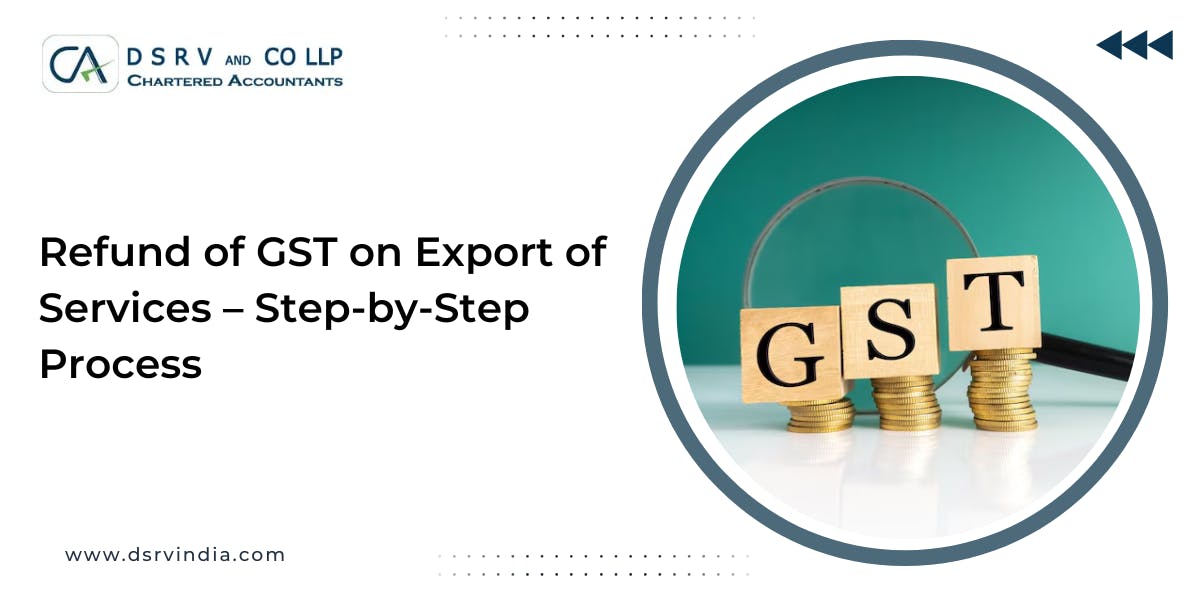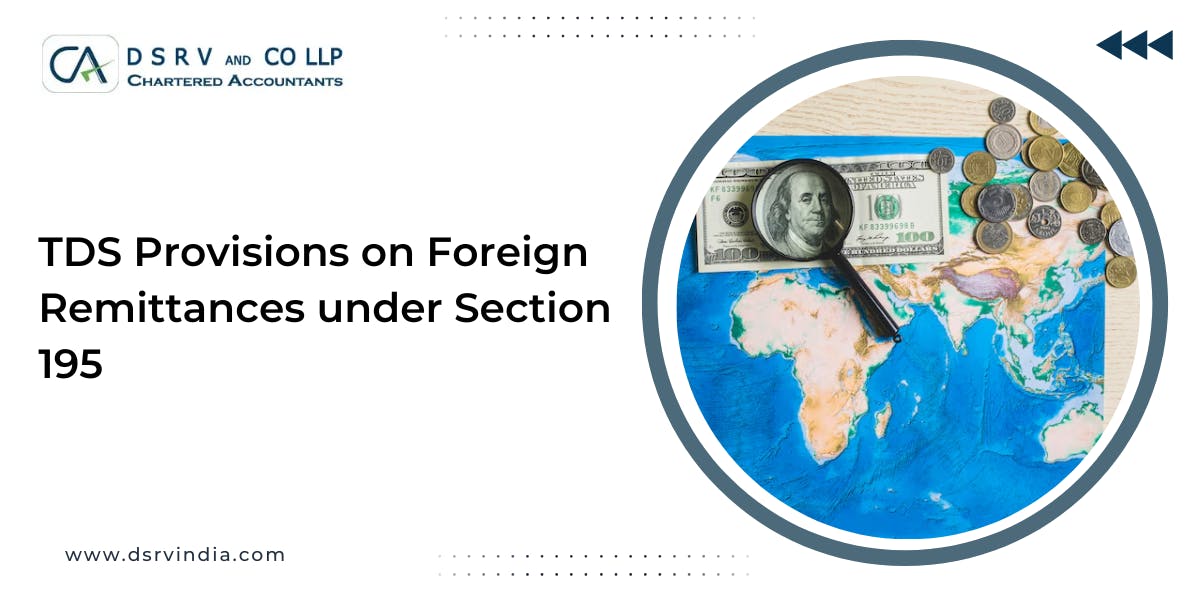Transfer pricing is a concern regarding cross-border transactions in a highly globalized business environment-often said to be crucial to the companies. Transfer pricing refers to the price at which related entities like subsidiaries or branches of a multinational group conduct intercompany transactions among themselves.As these transactions often occur across different tax jurisdictions, numerous concerns exist regarding the fair valuation of goods and services exchanged. The Indian government amongst many others has enacted rules and regulations so that intercompany dealings between two enterprises are made strictly on arm's length principles. One such regulatory measure for transfer pricing is the Safe Harbor Rules.
It has comprehensive rules on transfer pricing in India, their impact on businesses, and insights on how to prepare a transfer pricing study report. If you're a business seeking reliable taxation services, a tax consultant in Gurgaon, or virtual services in Gurgaon to help navigate these rules, keep reading to understand how these Safe Harbor Rules can streamline your compliance process.
Recommended: Find Out The 11 Common Errors in TP Study Reports You Can't Afford to Overlook
What Are Safe Harbor Rules?
Safe Harbor generally refers to regulations that allow organizations to adhere to simplified standards or rules under specific circumstances. Safe Harbor Rules are for the achievement of transfer pricing, directions & framing regulations under which businesses can profess their transactions at predetermined margins and prance out from thorough going through by tax authorities. These rules provide an escape from the maze of transfer pricing compliance by demonstrating customary ways to compute income emerging from related-party dealings.
Introduction of Safe Harbor Rules in India for the first time through Finance Act 2003, with effect from 1 April 2002 under income tax act of India to provide certainty to the taxpayers as well as to reduce the litigation pertaining to transfer pricing assessments which occurs during scrutiny undertaken by the Indian Income Tax Department. Businesses who go by these rules are allowed to bypass the extensive documentation and audit procedures required for transfer pricing as long as their transactions traffic in the-line with the prescribed limits
Objectives of Safe Harbor Rules
The prime objectives for making a Safe Harbor Rule for transfer pricing in India are as follows
Reduced Transfer Pricing Disputes
Transfer pricing disputes have always been a large chunk of litigation cases between businesses and the tax authorities. Safe Harbor Rules provide a mechanism to reduce such disputes by setting out clear thresholds and margins.
Read More: Importance Of Transfer Pricing & TP Report Filing Due Date [2023]
Administrative Simplification
These rules offer a simpler compliance process in dealing with complex documents and audits when their transactions fall within the prescribed conditions.
Certainty in Tax Outcomes
The business thus knows that they would have certainty over their tax obligations with Safe Harbor provisions as they will not be questioned by the tax authorities over the prescribed limits on such transactions.
Encouraging Business Growth
The Safe Harbor regime creates a tax environment that fosters the growth of businesses particularly for those business houses that conduct cross-border transactions by lowering the risk of controversies in taxation.
Applicability of Safe Harbor Rules in India
Safe Harbor Rules Applicable to Specified International Transactions in India. The Central Board of Direct Taxes has identified specific categories of eligible transactions under the Safe Harbor Regime. The specified categories are as under :
- Software Development Services
- Information Technology-Enabled Services (ITES)
- Knowledge Process Outsourcing (KPO) Services
- Contract Research and Development Services
- Manufacture and export of Core Auto Components
- Specified Financial Products or Derivatives products
All of these classes have defined limits within which the business may disclose profits without further auditing.
Safe Harbor Margins and Criterions
For each class of international transaction the Safe Harbor Rules establish the operating profit margin. For instance,
Software Development Services and ITES: Safe Harbor margins lie between 17% and 18% depending upon the income of the business organization.
KPO Services: The margins are generally higher, up to 24% in nature.
Contract R&D Services: The approved margins for R&D activity with reference to software or pharmaceuticals are near about 24%.
Auto Components: For all enterprises that manufacture auto components, the relevant margin would be 12% or even higher.
If a business avails of Safe Harbor treatment and satisfies these margins the tax authorities will never question what transfer prices have been declared.
How to Opt for Safe Harbor Rules?
A taxpayer must file Form 3CEFA with the tax authorities to opt for Safe Harbor Rules.Filing this form should be done before the due date of submission of the return of income for the relevant assessment year. Accompanying this the business would also need to furnish details about the international transactions relating to the scheme of Safe Harbor provisions and whether they are in line with the specified margins.
It should be understood that Safe Harbor applicants need to meet the margins and conditions, which is for the whole financial year. In case the taxpayer fails to meet the conditions he or she would not be eligible to enjoy the advantages of Safe Harbor and the transaction would fall under standard approaches to transfer pricing scrutiny.
Benefits of Safe Harbor Rules on Transfer Pricing
For a cross-border transaction undertaking business there are numerous benefits of using Safe Harbor Rules:
Reduced Litigation
The use of predetermined margins lets businesses avoid transfer pricing disputes and in-depth auditing processes, thereby saving time and efforts.
Certainty and Predictability
Safe Harbor Rules ensure certainty for businesses while planning their transactions, thus reducing ambiguity.
Lower Compliance Costs
The reduced document requirement actually saves the costs of conformity for business. Thus, if the conditions of Safe Harbor are met then an elaborate transfer pricing study report is not strictly required.
Optimal Resource Utilization
The availability of avoiding a detailed scrutiny of books of accounts gives an opportunity to businesses to utilize more resources in growth and expansion than spending it over intricate tax compliances.
Attracting MNCs to India
The Safe Harbor regime is friendly to the tax environment for MNCs outsourcing and doing R&D in India.
Safe Harbor vs Transfer Pricing Study Report
One of the significant decisions for businesses is whether to take the Safe Harbor route or undertake a comprehensive transfer pricing study. While Safe Harbor simplifies the process,it may not always be the most tax-efficient option, especially for larger companies with complex transactions. With a transfer pricing study report prepared by the CA firm, businesses can prove that their policies for transfer price are completely within the parameters of the arm's length principle adopted after proper analysis and benchmarking.
For businesses that do not qualify for Safe Harbor or find margins too high a detailed transfer pricing study can provide necessary documentation to defend against any scrutiny by tax authorities. Consulting with a CA in Gurgaon who specializes in transfer pricing is critical in determining the most appropriate strategy for your business.
Conclusion
The Safe Harbor Rules for transfer pricing in India can be taken by a company to make its cross-border transactions within simplified, normalized margins with less scope for dispute and give it more scope to focus upon its core business. These rules have prescribed margins and categories that need to be considered, and once it is done, the regime should be assessed against its financial goals and operations of the business.
For organizations looking for services regarding detailed information on transfer pricing, it would be well-advised to hire a professional tax consultant. DSRV & Co LLP provides virtual services for any organization looking to adhere to transfer pricing rules whether through Safe Harbor Rules or a comprehensive transfer pricing study report. Discover how we can help your business today with matters of tax planning and compliance.






